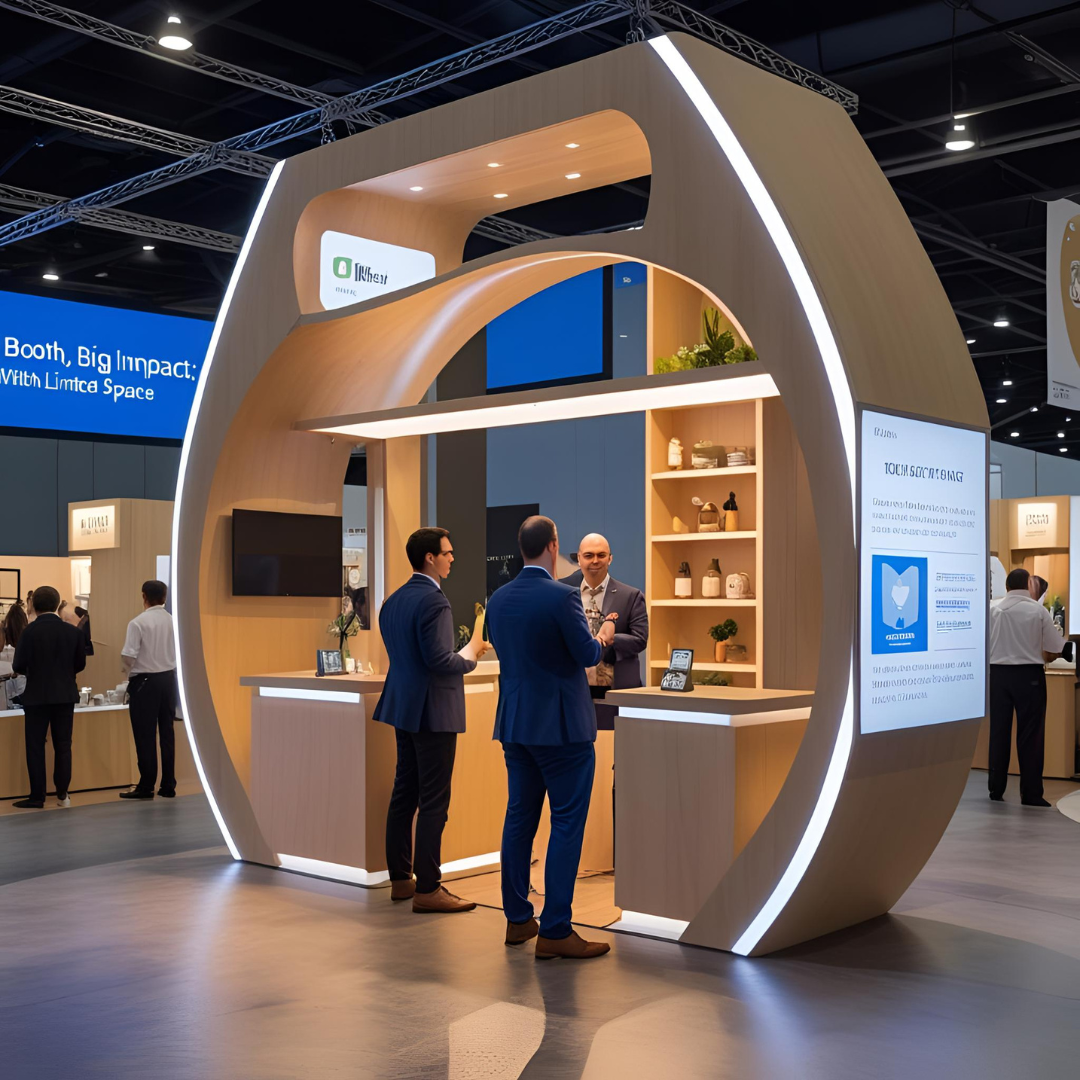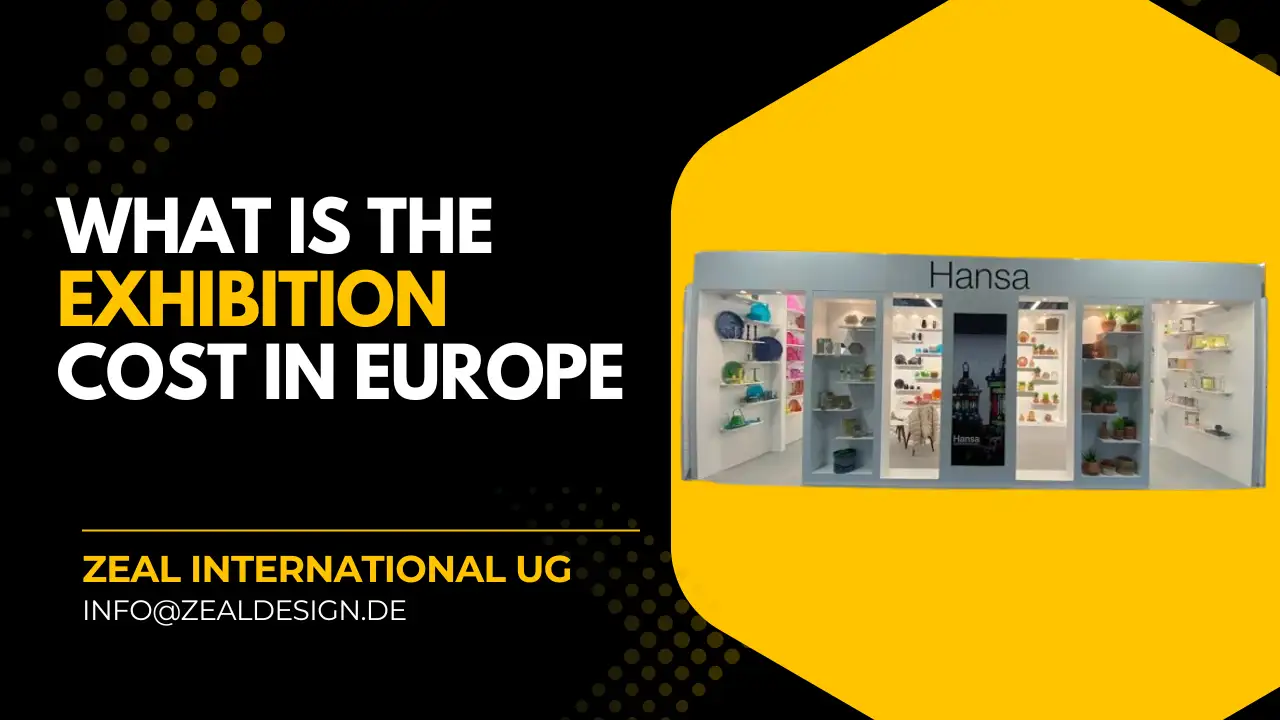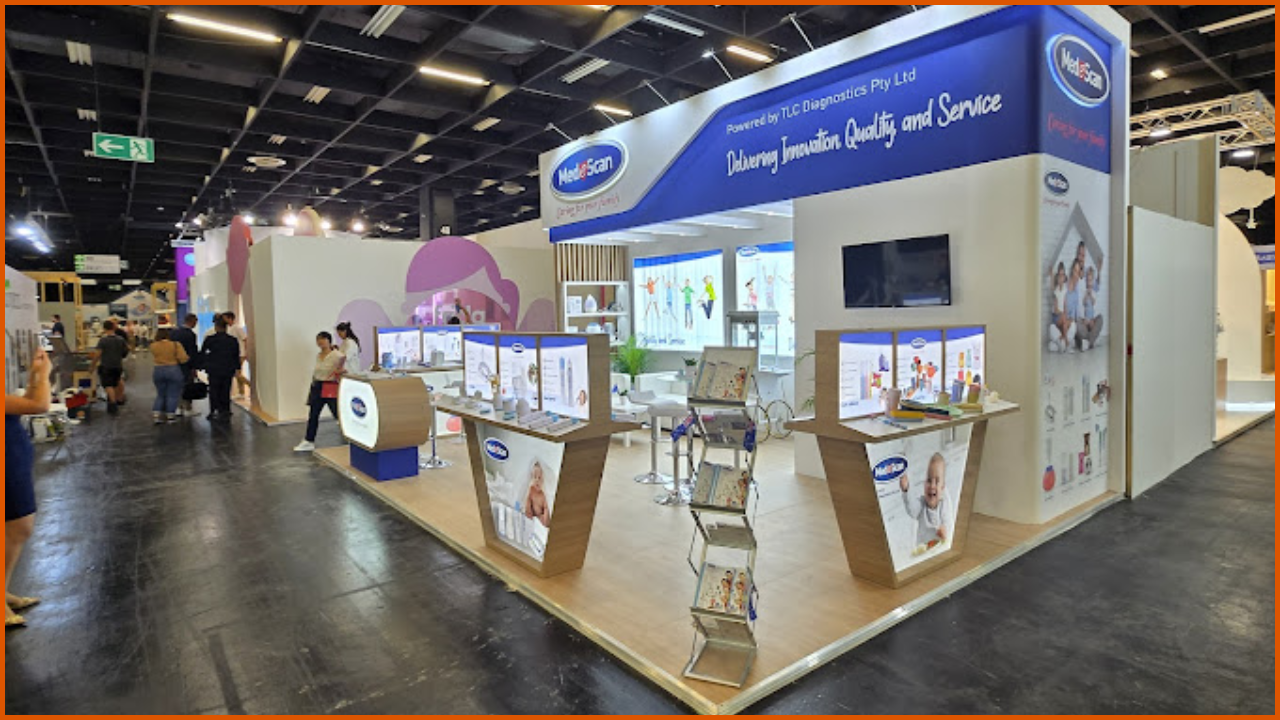Small Booth, Big Impact: How to Stand Out with Limited Space
When you're at your next trade fair and have a small budget and a small space, the big corporate displays all around you can make you feel overwhelmed. But experienced exhibitors know that size doesn't matter when it comes to success. Some of the best and most memorable booths are small but powerful, using smart design and strategic thinking to make the most of every square inch.
If you want to turn your small exhibition space into a prospect magnet, you need to realize that limits often lead to new ideas. Your Fortune 500 competitors may use their size to get people's attention, but you have the advantage of being flexible, having a unique personality, and sending targeted messages that may cut through the noise better than any big sign.
Start with Strategic Vertical Thinking
Even though your booth's floor space is tight, the region above it is a treasure trove of opportunity. Think about big, striking displays that fill the room with your presence without being obtrusive. A well-designed hanging sign or vertical banner system can make your 10x10 booth visible from the complete exhibition space. Consider it your beacon, the first thing people should see as they navigate the show floor.
Modular display systems give exceptional versatility for low budgets. These components may be changed for different shows, combined and matched as your needs change, and are often far less expensive than custom creations. Look for lightweight solutions that can be set up by one person, saving on labor costs while preserving a professional appearance.
Create an Irresistible Experience Zone
Turn your limited area into an experience rather than a presentation. Interactive aspects do not require large costs; rather, they necessitate creative thinking. A tablet demonstration, product samples for visitors to touch and experience, or even a simple photo opportunity with your logo may all spark engagement and lead to significant conversations.
Consider the psychology of space. An open, friendly layout draws visitors in, whereas cluttered displays repel them. Apply the "less is more" philosophy rigorously. Every aspect in your booth should have a purpose, such as grabbing attention, initiating conversations, or capturing leads. Get rid of anything that doesn't help you reach these goals.
Leverage Technology as Your Space Multiplier
A smartphone and a few low-cost digital items can dramatically increase the capabilities of your booth. QR codes that lead to product demos, digital business cards, or special material can provide depth without requiring physical storage. When you're working with other prospects, a small tablet with rotating testimonials or case studies can act as a silent salesperson.
Live streaming or social media integration can broaden your booth's reach beyond the physical exhibition floor. Document intriguing conversations, offer behind-the-scenes happenings, and create FOMO for those who were unable to attend. This method converts your little physical presence into a larger digital footprint.
Master the Art of Magnetic Messaging
Every word counts when there isn't much room. Your booth's signs and decorations should quickly explain what you can do for people. Stay away from industry jargon and focus on the problems you solve for your best customers. Instead of reading "Innovative Solutions for Enterprise Optimization," read "Cut Your Processing Time in Half."
In a small booth, your elevator pitch is even more important. Since you won't have as many chances to make an impression, make every conversation count. Practice going from small talk to talking about value quickly and easily. Make a few different versions for different types of prospects. For example, a busy CEO will need a different approach than a technical examiner.
Build Strategic Partnerships
Small exhibitors often do well when they think beyond their own booth space. Work with businesses that offer similar services to lower costs and promote each other. You could share a bigger booth, take turns working in it, or work together on marketing to get people to come to each other's exhibits.
Think about the pros of location scouting. Booths in prime locations cost more, but a smaller booth in a busy area can do better than a bigger booth in a dead zone. Look at the floor plan and figure out where your ideal customers would gather. Then, put yourself in the right place.
Design for Conversation, Not Just Display
Your booth should do more than just sell things; it should also help people have real conversations. Use interesting graphics, questions that make people think, or interactive elements that need an explanation to start natural conversations. A simple "Guess How Much Time This Saves" display may get you more qualified leads than a product display that doesn't move.
Think about how traffic moves and your own space. Your booth may be small, but it shouldn't feel cramped when people walk in. Make sure there are clear sight lines, easy ways for people to get in and out, and private areas for conversation where prospects feel safe talking about their problems.
Maximize Pre-Show Marketing
Your booth's effect starts long before the show starts. Use email marketing, social media, and a direct approach to set up meetings with important leads. A small booth with pre-scheduled appointments often does better than a big booth that is just hoping for walk-in traffic.
Give people something to look forward to by showing them teaser ads, special deals for the show, or previews of new products at the event. Give people specific reasons to stop by your booth instead of hoping they'll find it.






